The Best Thoracic Mobility Routine
Your thoracic spine is an important area of your body to have good mobility and range of motion.
Without good mobility in your thoracic spine, when lifting overhead you may end up arching backward too much in your lower back or over-stressing your shoulder joint.
Your shoulder blades lay on your rib cage. Your rib cage position is determined by your thoracic spine.
If your thoracic spine is stiff and not able to extend, you can’t put your shoulder blades in the best positions for overhead lifting.
One way to move your shoulder blades is to bend your entire upper body backward over your low back, leading to over-extension.
The short story: work at least weekly on your thoracic spine mobility.
How?
Use our Thoracic Mobility Routine, which is shown in in the video below and further down with photos and a written description.
The Routine
- Roll out and mobilize the upper back on a foam roller - 10 reps
- Cat/cow - 10 reps
- Thoracic rotation drill - 5 reps/side
- Band pull apart - 10 reps
How to Perform Each Exercise
1. Foam Roll Thoracic Spine
- As a massaging technique
- As a joint mobilization technique
Starting Position
How to Set Up:
- Lay on your back with the foam roller around your shoulder blade height
- Bend your knees with your butt, and feet on the ground
- Place your hands behind your head to support your neck
- Slightly round your lower back by crunching your abs to avoid arching your lower back
- Leading with your head, arch your upper back around the foam roller
- Return to the starting position
- Repeat for specified reps
Finishing Position
- Avoid lifting your butt off the ground
- Keep your abs engaged to avoid arching your lower back too much
- Don’t go much lower than your shoulder blades with the foam roller or you will end up stressing your lower back too much
2. Cat/Cow
Many people under-utilize their mid back (thoracic spine) during this exercise. It’s important to focus on extending your thoracic spine when in the ‘extended’ position.
Understanding how to move the different parts of your spine is important. This exercise helps to build that mind-body awareness.
Starting Position
How to Set up:
- Position yourself on your hands and knees
- Place your hands below your shoulders
- Place your knees below your hips
Rounded Position
Extended Position
- From the starting position, slowly round your entire spine, including your neck, until you reach the rounded position
- From the rounded position, arch your entire spine until you reach the extended position
- Repeat for the specified number of reps
- Try to move your entire spine as one unit
- Avoid moving in one area of your spine more than the others
3. Thoracic Rotation Drill
This thoracic rotation drill will help with that motion.
Starting Position
How to Set Up:
- To get into the starting position, get onto the ground, sitting on your shins
- Place both forearms on the ground
- Place one hand behind your head. That will be the direction you are rotating
- Sit your butt back to your heels to round your lower back
- From the starting position, rotate your chest in the direction away from the hand/arm on the ground
- Turn your head and neck as well
- Return to the starting position
- Repeat for the specified number of reps
Finishing Position
- Keeping your back rounded helps to avoid over-extension
- For the hand on the ground, you can place either your hand or forearm on the ground
- For the hand on the rotating side, you can place your hand behind your head, behind your back, or open in the air, whichever feels best
4. Band Pull Apart
The band pull apart helps achieve this.
Mobility of your thoracic spine is important, but so is strength and muscular endurance.
Starting Position
How to Set Up:
- From a standing position, slightly bend your knees
- Grab the band overhand, at about shoulder width, just beginning to have tension in the band
- Place your hands just below shoulder height
- Make sure your shoulder blades are not pinched together
- From the starting position, pull the band apart
- Stop when it touches your chest
- Hold for ½ a second
- Return to the starting position, keeping tension in the band the entire time
Finishing Position
- Keep your head and neck relaxed
- Maintain your eyes looking forward
- Don’t pull the band back as far as possible. Stop once it touches your chest
- Avoid pinching your shoulder blades together; allow them to move naturally
- Perform the exercise at a slow, consistent pace
Need help with your shoulder mobility?
Follow our program, which will show you exactly what to do and how
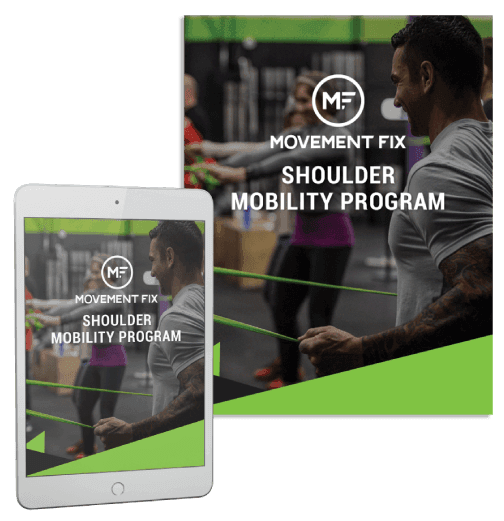

Need help with your shoulder mobility?
Follow our program, which will show you exactly what to do and how
What to Read Next
Commonly Misunderstood Words in Movement and Mobility
Commonly Misunderstood Words in Movement and Mobility In this post I will be sharing my thoughts on common words used in the movement and fitness world with a focus on how to better define them conceptually, and where applicable, mathematically. Each day...
How to Stretch Shoulder Extension
How to Stretch Shoulder Extension Learn how to stretch your shoulder extension Want better shoulder mobility? Download Day 1 of our Shoulder Mobility Program for free: Option 1 For many people, option 1 will be the best option, especially if...
Three Position Band Pull Apart
Learn how to correctly perform the 3 position band pull apart to improve your shoulder and upper back strength and mobility
Comments

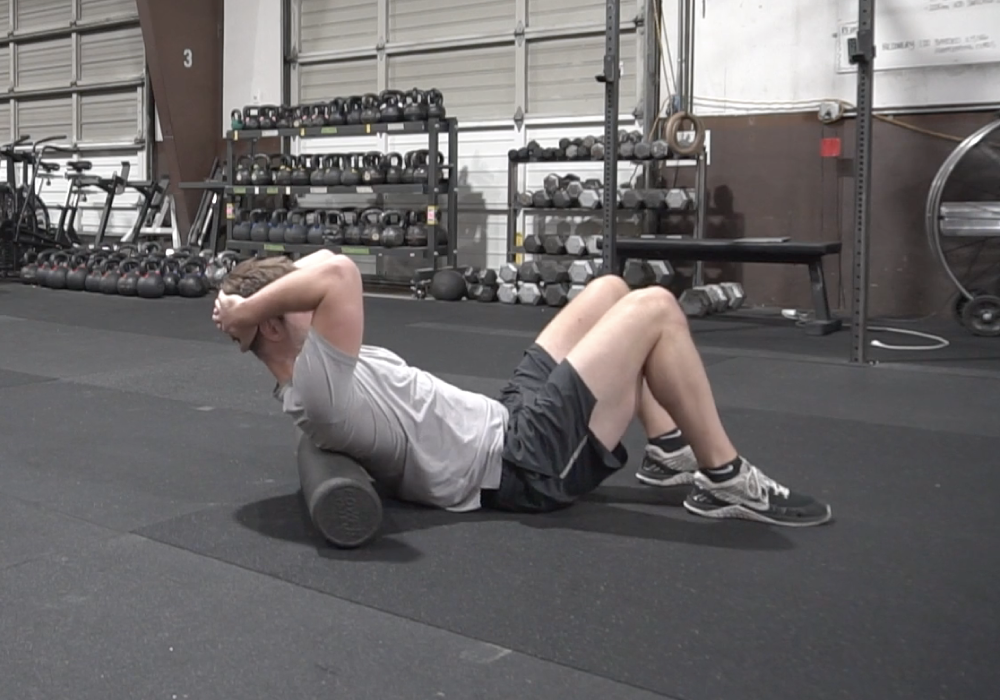
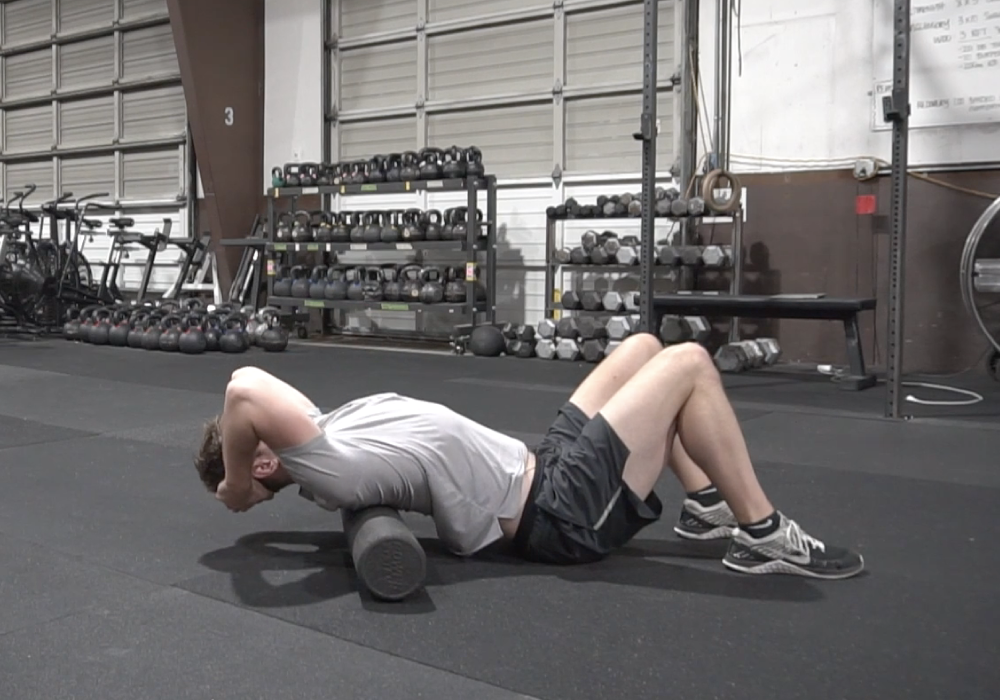
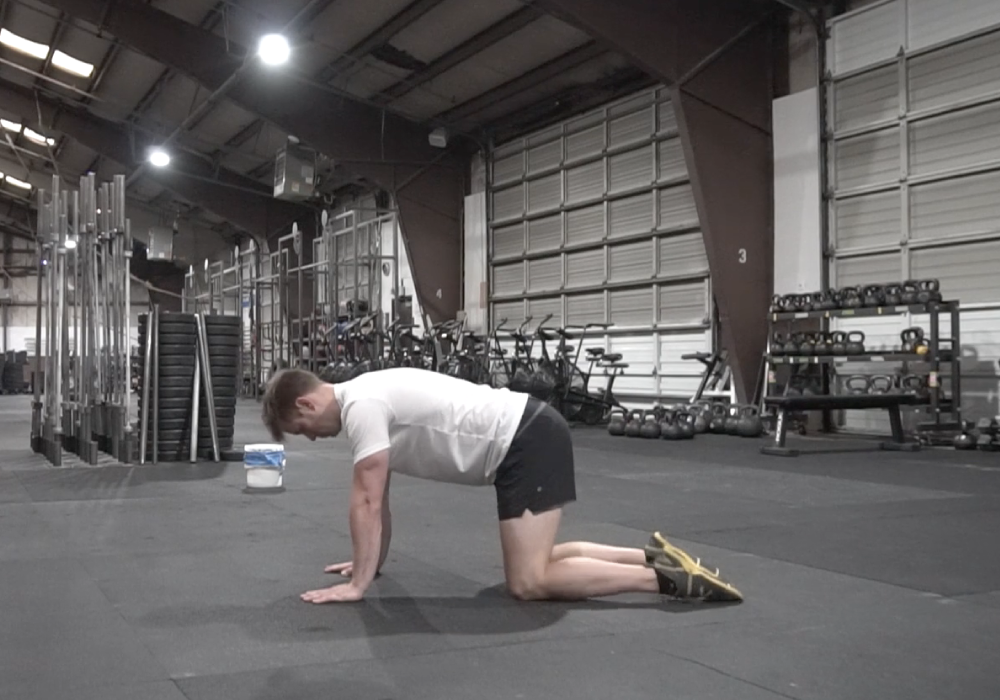
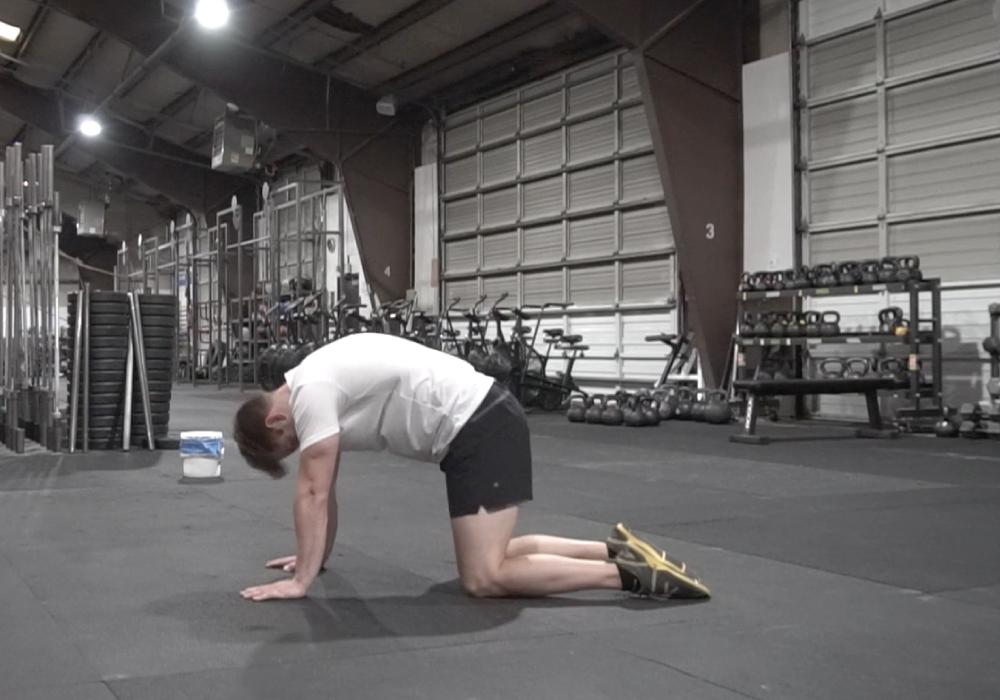
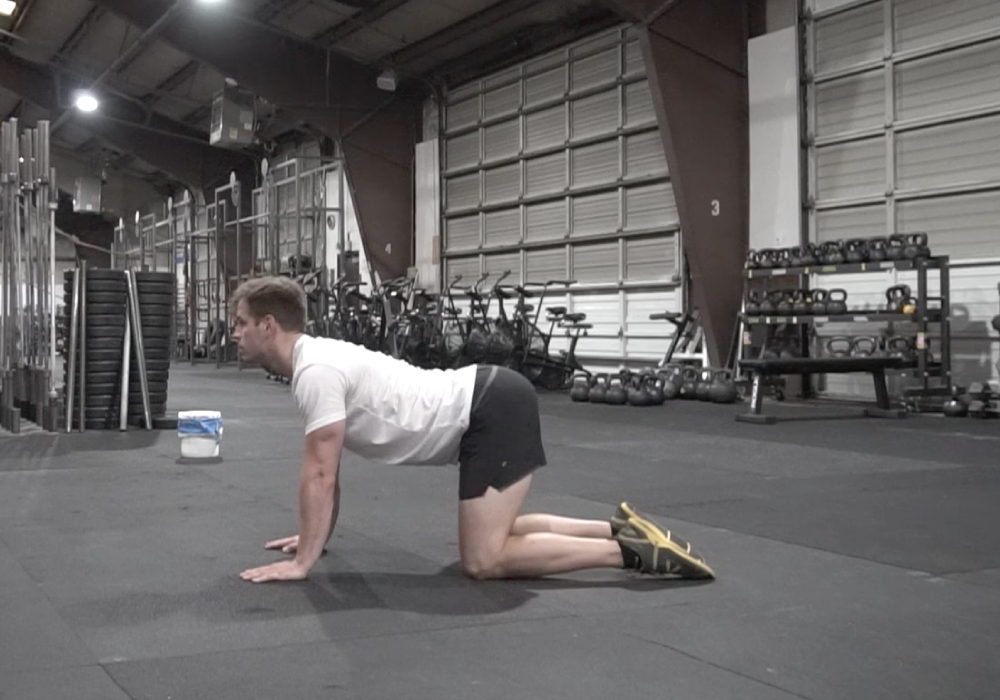

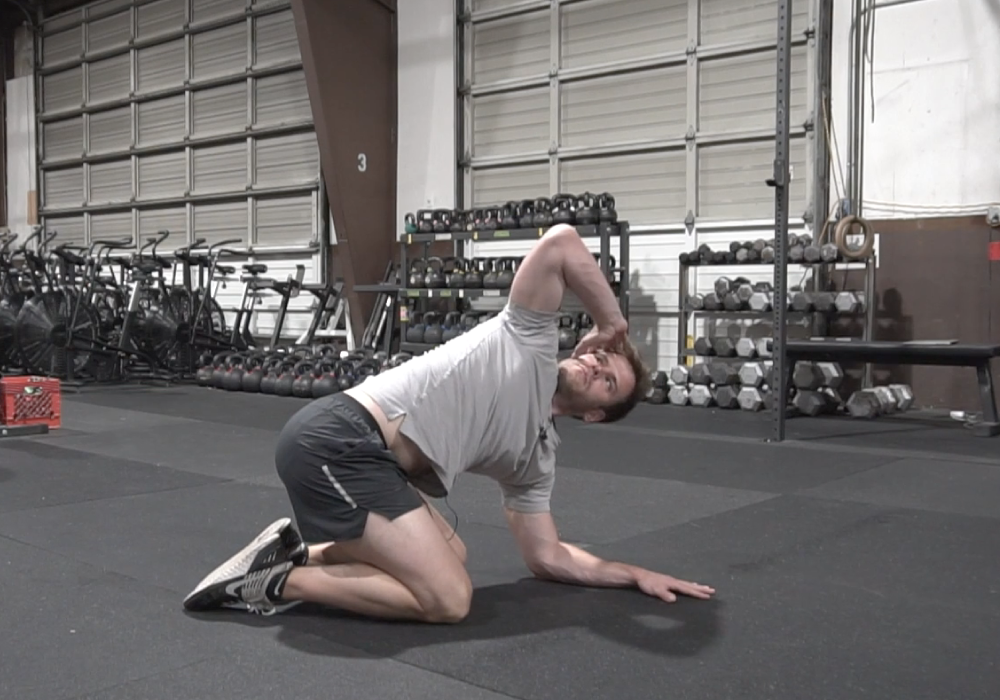
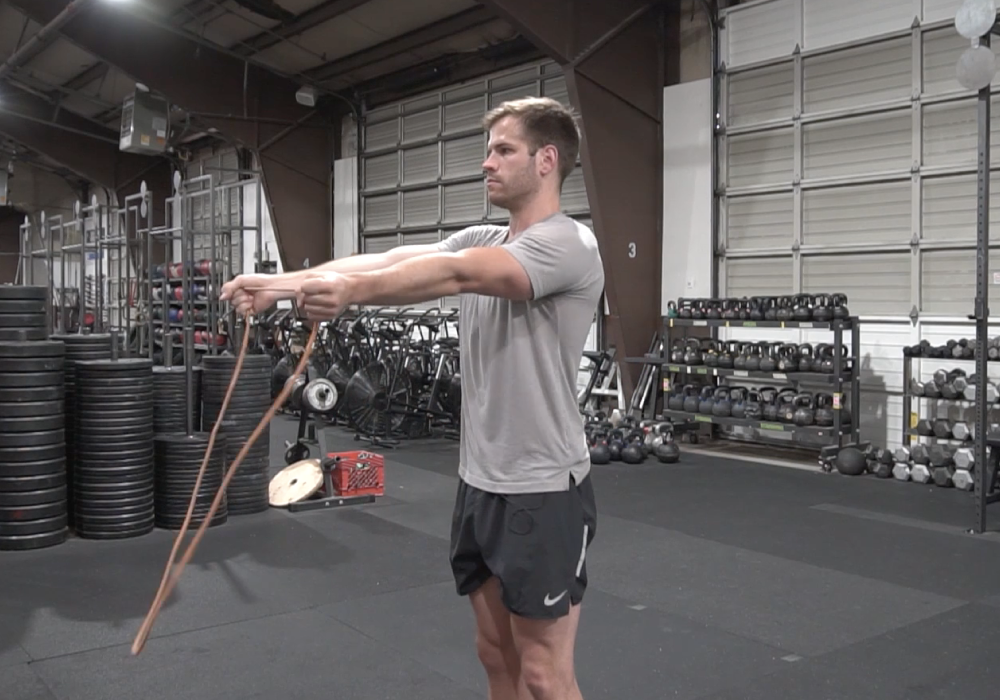
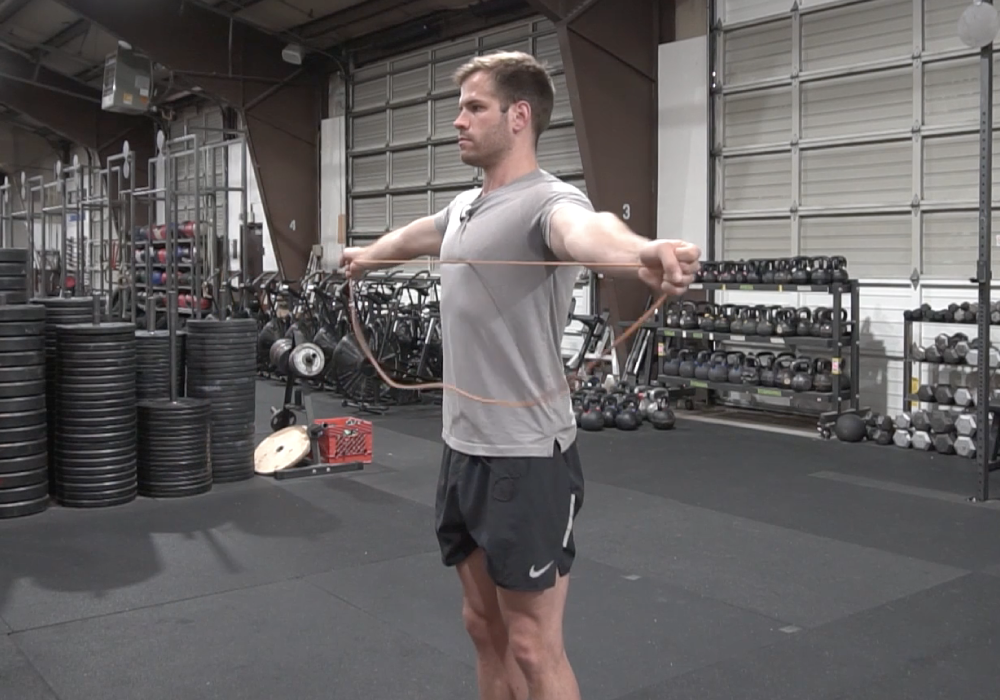
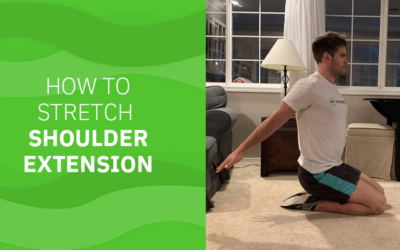
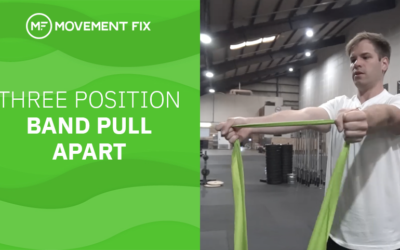
[…] : Latihan rotasi dada meningkatkan postur tubuh Anda, memobilisasi sendi Anda, dan menstabilkan tulang belakang […]
[…] O exercício de rotação torácica melhora sua postura, mobiliza suas articulações e estabiliza sua […]
[…] The thoracic rotation exercise improves your posture, mobilizes your joints, and stabilizes your […]
[…] The thoracic rotation exercise improves your posture, mobilizes your joints, and stabilizes your […]
[…] help. Stretching the lats and pecs are also very important for regaining mobility in this region. Here is a video clip of a few exercises you can do at home to help regain mobility in this region. One […]
[…] The thoracic rotation exercise improves your posture, mobilizes your joints, and stabilizes your […]